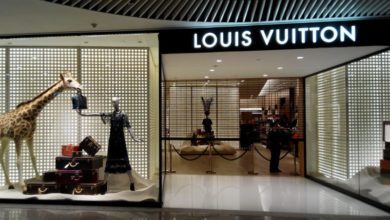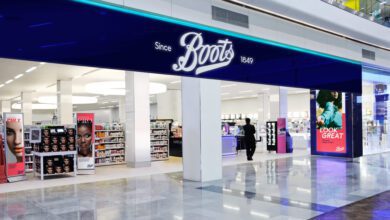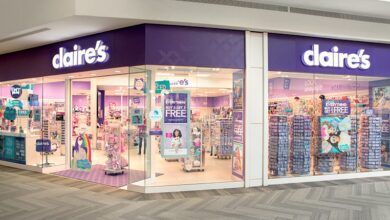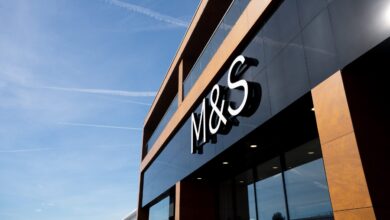Half-term boost fails to save Feb footfall
This is despite high streets witnessing a rise of +11.4% followed by shopping centres (+6.9%) and retail parks (+3.3%) during the third week of the month
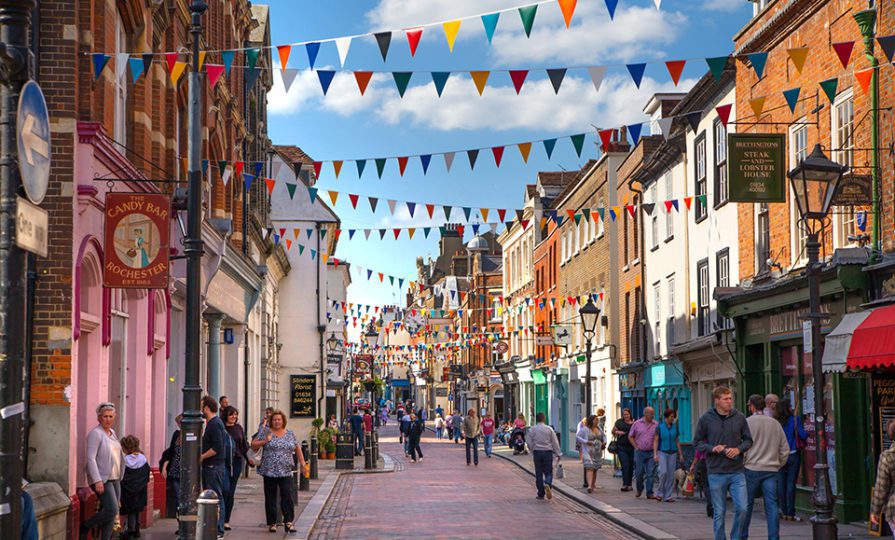
Half-term failed to save footfall figures in February as it declined by -2.2% across UK retail destinations for the second consecutive month, largely driven by a drop in footfall of -3.5% in high streets, according to the latest figures from MRI Springboard.



